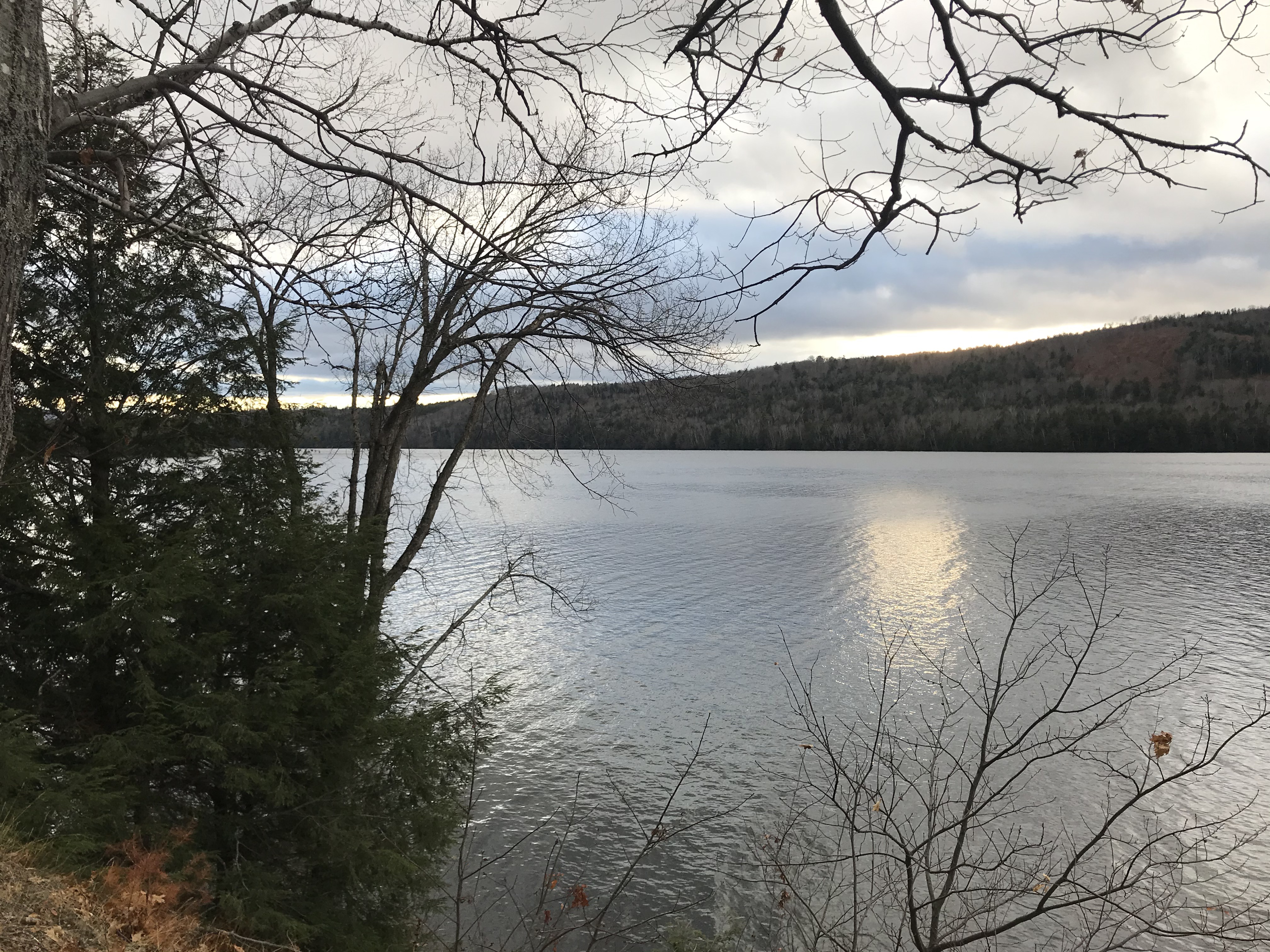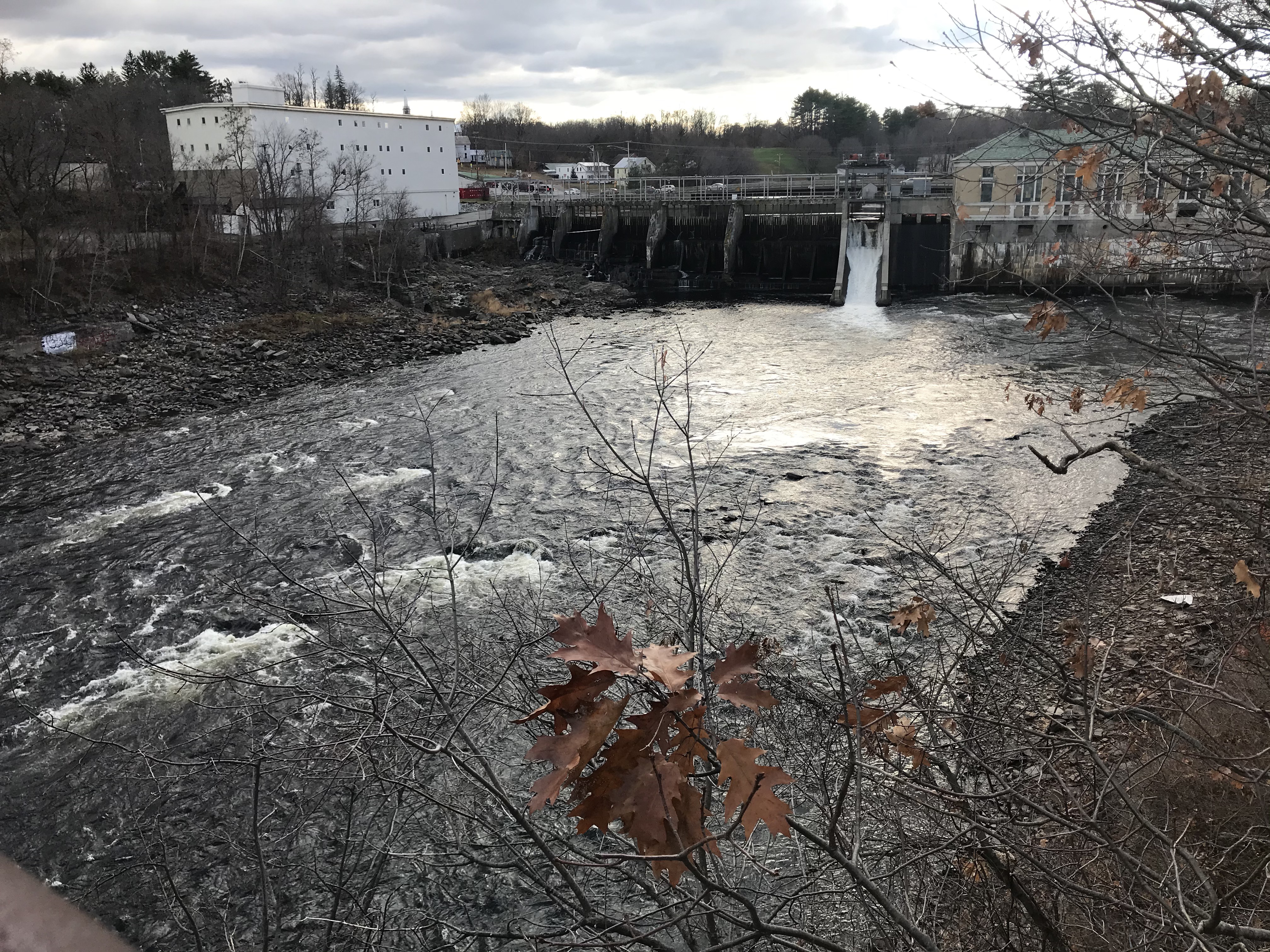
The Kennebec River flows from sources at Moosehead Lake in the north of Maine through Skowhegan, Fairfield, Waterville and Augusta and south to the towns of Bath and Popham Beach and into the Gulf of Maine. There are four dams on the river today, and the Department of Marine Resources in Maine together with environmental groups are seeking to remove them to enable the free passage of fish that migrate, travelling up river to spawn and then down into the ocean again.
The removal of the Edwards dam at Augusta in 1999 was an exciting breakthrough for conservation groups that resulted in a huge regeneration of marine life. The Edwards hydro-electric facility was considered outdated and not producing a substantial amount of energy, though the Edwards Manufacturing Company dated back to 1845 and had employed thousands of textile workers during World War II. It was the Federal Energy Resource Commission that eventually refused to re-license it, forcing the company to cede the 160-year old dam to the state of Maine.
On the main stem of the river, there are still four other dams – in Skowhegan, Fairfield and Winston/Waterville – all owned by Brookfield Renewable, which is not a local but rather a global business based in New York City with a majority of its portfolio in hydro-electric power and 5300 generating facilities on several continents. The company rejected attempts on the part of the State of Maine’s Department of Marine Resources to proceed with projects to take the dams down.

Conservation groups have not given up. The stakes are too high, the potential abundance of marine life is too great, and the Atlantic Salmon’s survival still depends on drastically improved habitat. The Atlantic Salmon was declared in danger of extinction in 2008 – that’s 13 years ago. Salmon hatcheries and salmon farms are possibly being mistakenly prioritized over the regeneration of habitat for wild salmon, for which removal of the dams would be essential. The farming of salmon is apparently not healthy for wild salmon. I am not sure if the two are mutually exclusive, but wild salmon are contaminated by conditions of life – such as the presence of sea lice – which farmed salmon live with on a daily basis, so it’s rather like Native Americans dying of European diseases after the pilgrims had established themselves.
